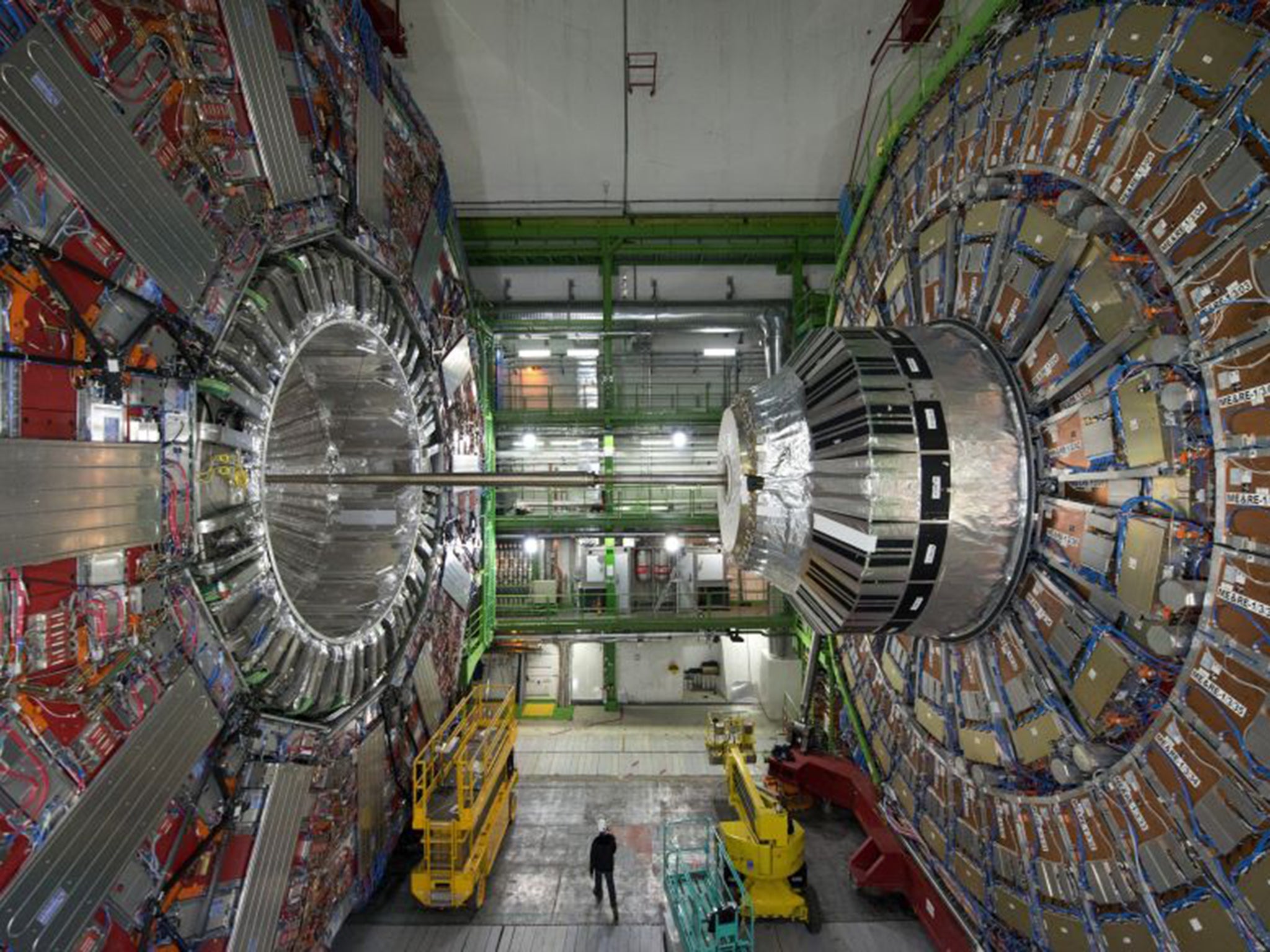The Independent's journalism is supported by our readers. When you purchase through links on our site, we may earn commission.
Cern hopes to start building £18bn Large Hadron Collider replacement that could smash particles together with vastly more force
The new machine will be four times as big and six times as powerful as the LHC

Your support helps us to tell the story
From reproductive rights to climate change to Big Tech, The Independent is on the ground when the story is developing. Whether it's investigating the financials of Elon Musk's pro-Trump PAC or producing our latest documentary, 'The A Word', which shines a light on the American women fighting for reproductive rights, we know how important it is to parse out the facts from the messaging.
At such a critical moment in US history, we need reporters on the ground. Your donation allows us to keep sending journalists to speak to both sides of the story.
The Independent is trusted by Americans across the entire political spectrum. And unlike many other quality news outlets, we choose not to lock Americans out of our reporting and analysis with paywalls. We believe quality journalism should be available to everyone, paid for by those who can afford it.
Your support makes all the difference.CERN, the European Organisation for Nuclear Research, has set in motion plans to build a new 100-kilometer circular supercollider.
The Large Hadron Collider, by comparison, is 27 kilometers long.
It is currently being upgraded, and expected to restart again in May 2021 until 2024, before starting its final run in 2027.
The new machine, called the Future Circular Collider, would likely cost at least €21 billion. It is expected to be build in an underground location in Geneva by approximately 2038.
While final approval has not yet been given, CERN can take a more proactive approach in designing the collider, utilising resources otherwise allocated to alternative designs such as a linear eletron-positron collider or a muon accelerator, according to Nature.
The later stages of CERN’s development will be building an electron-positron collider to produce and study the Higgs boson.
That machine would then be dismantled and replaced with a proton smasher, which would search for new particles to complete or disprove our current understanding of physics.
By 2050, it could be smashing the particles together with approximately six times the force (100 teraelectronvolts) as the Large Hadron Collider.
“It’s probing nature at the shortest distances and looking for the smallest things we can see … it’s a real exploratory mission. Everyone agrees that’s what we need to do. The question has been: what’s the best machine to do it?” said Professor Jon Butterworth of University College London.
However, the plan is not universally approved in the physics community. Scientists have said that it is a high-risk, high-reward scenario with little guarantee of getting a return on investment.
“We’re talking about tens of billions. I just think there is not enough scientific potential in doing that kind of study right now,” Sabine Hossenfelder, a theoretical physicist at the Frankfurt Institute for Advanced Studies in Germany, told The Guardian.
“On some level I find it irresponsible,” she said. “Why don’t we put the money into an international centre for climate models or pandemic models?”
Join our commenting forum
Join thought-provoking conversations, follow other Independent readers and see their replies
Comments